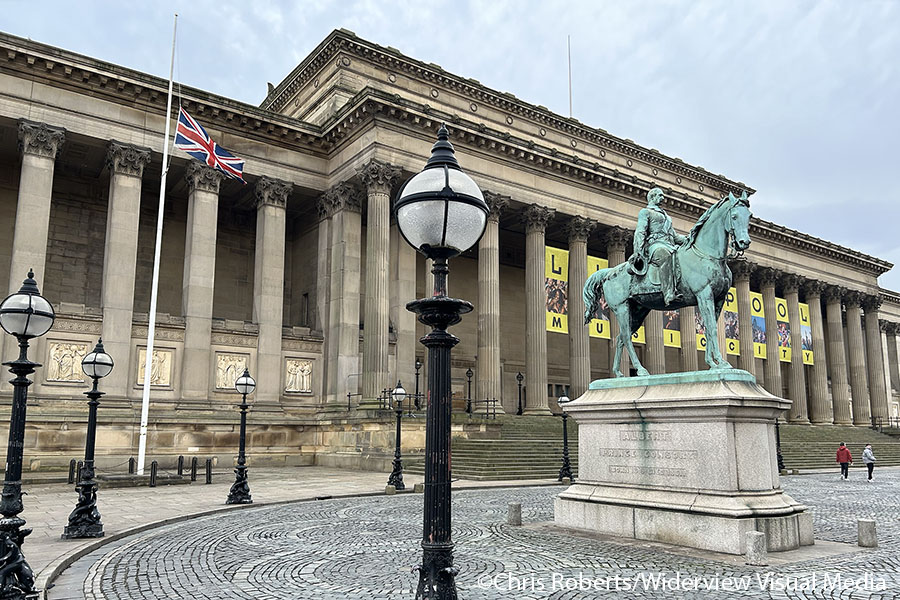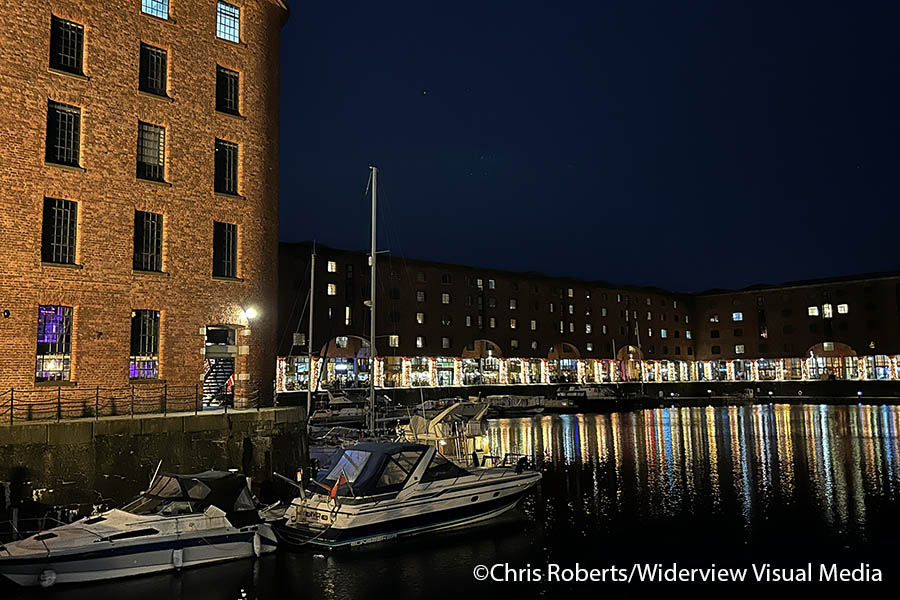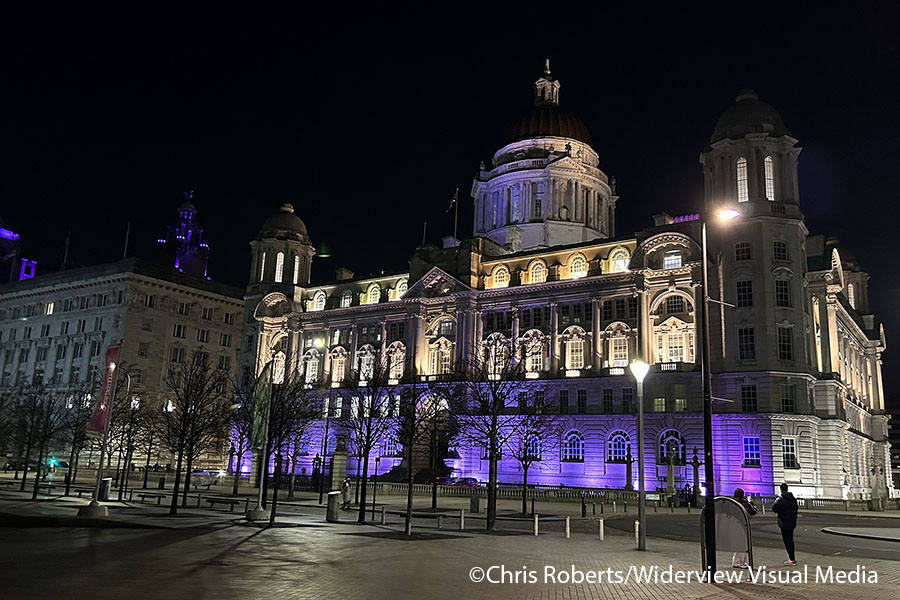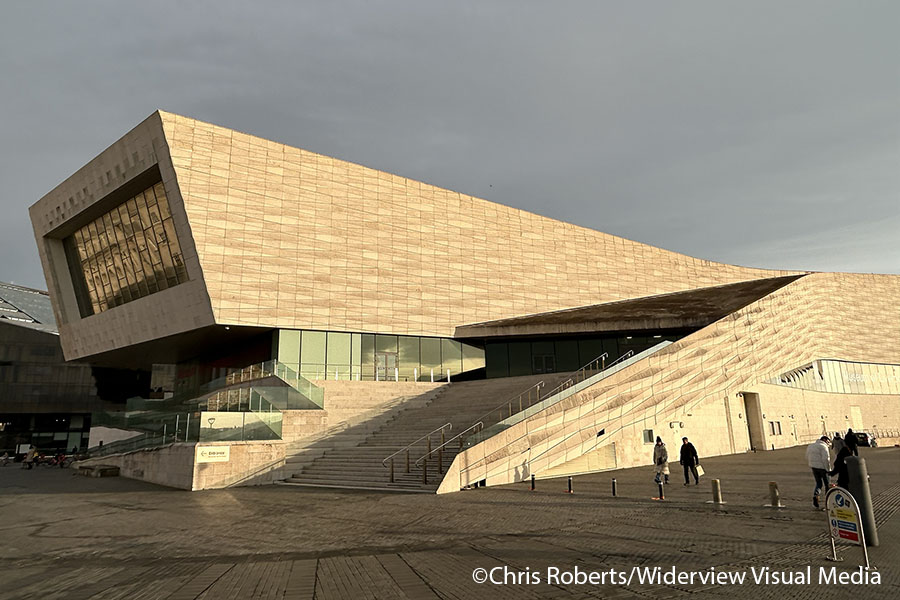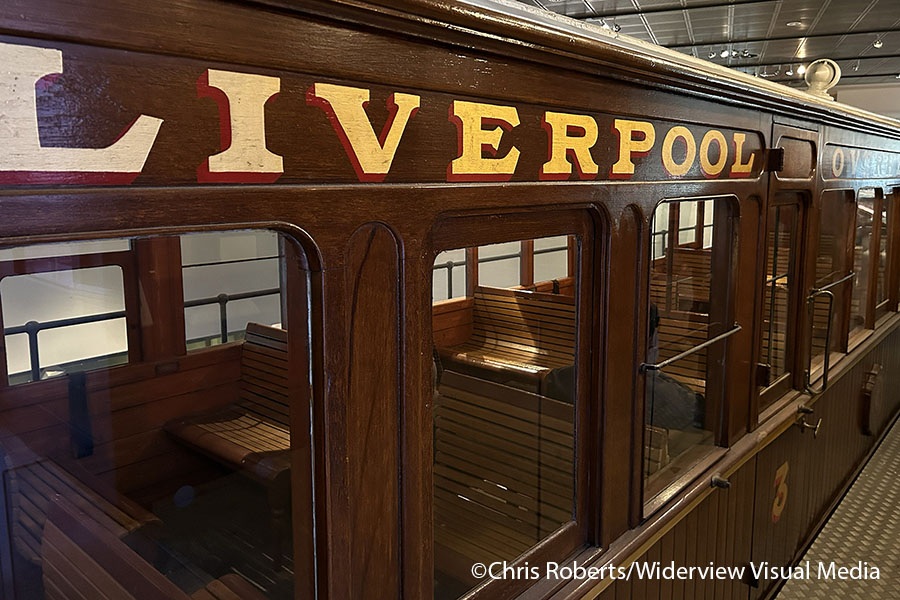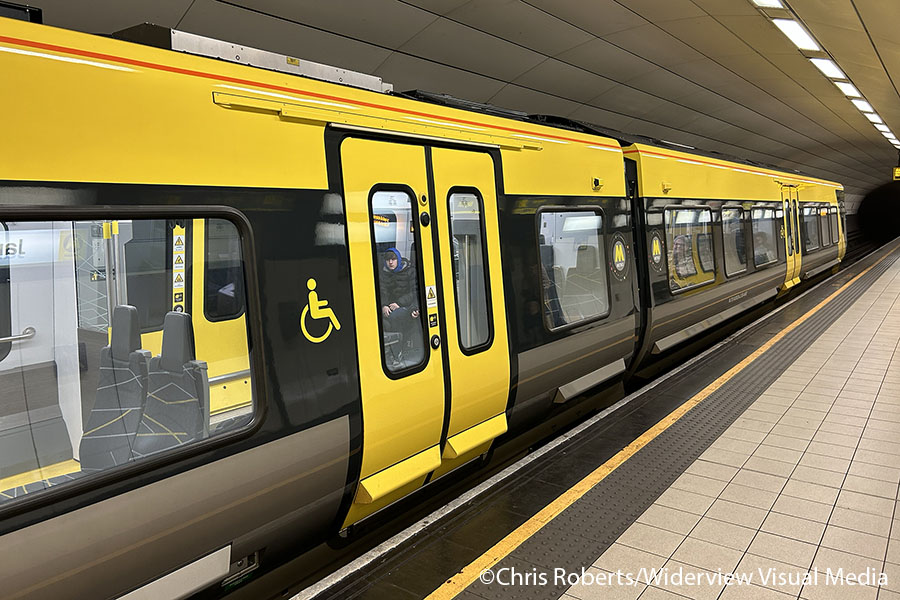The historic port city of Liverpool, England is now moving itself into the 21st century with new developments, with the Museum of Liverpool and Everton FC’s new stadium being built in Bramley Moore dock. It also hosted the Eurovision Song Contest in 2023, on behalf of Ukraine.
To see all the images please visit my Image Gallery
The River Mersey is mentioned in a deed dated 1002, in the reign of Ethelred. In 1266 the king brought together the area between Ribble and the Mersey for the Earl of Lancaster. By 1295 the town was returning members of parliament with royal charters granted by Edward III in 1333 and Richard II in 1382.
In the Tudor period there was a bitter rivalry between Chester and Liverpool as major port that was not resolved until 1658, when the Surveyor General of Customs decided in the favour of Liverpool.
The first wet dock was opened in 1715 which led to the building of over twenty plus docks by the mid 20th century.
In 1893 the Liverpool Overhead Railway was opened initially between Herculaneum Dock and Alexandra Dock before being extended the following year to Seaford, Waterloo and Dingle. It was known in local vernacular as the ‘docker’s umbrella’. Sadly, after the line was reviewed after World War II it was deemed to be too expensive to repair so closed in 1956 and dismantled by the end of 1959.
The next major change was the move to containerisation in the 1970s with the amount of docker’s needed on a daily basis being greatly reduced.
The Three Grace’s (The Royal Liver Building, the Mersey Docks & Harbour Company and the Cunard Building) were all built in the early 20th century and finally finished by 1917. They are the very recognised view from the river, along with Liverpool Parish Church (Our Lady & St Nicholas). St Nick’s (as it is known as) is the seafarers church which was bombed in the Second World War. The body of the church was repaired and fully re-opened and re-consecrated in 1952, with the tower surviving the attack. The rebuild was designed by Edward C Butler in a restrained Gothic style.
The waterfront is now a heritage trail with the re-developed Albert Dock hosted the Tate Modern Museum, The Maritime Museum as well as the Beatles Museum. On the front near to the updated Pier Head is the Museum of Liverpool which opened in 2011 and contains local memorabilia including the only remaining carriage from the Liverpool Overhead Railway.
Across the main road from the Albert Dock is the Liverpool One Shopping Centre and the bus station, with the shops having moved down the hill from the top over the years. Liverpool Lime Street Station is still very obvious with several splendid gothic building nearby including the Walker Art Gallery.
The local rail system runs in a loop around Liverpool and then back under the River Mersey to Birkenhead and The Wirral. Both Hamilton Square (on the Birkenhead side) and James Street (on the Liverpool side) are the oldest deep level tube stations in the world and originally had stream trains serving them when they opened in 1886.
Liverpool FC in the suburb of Anfield is where the famous stadium for the 6 times European Cup winners is situated, with tours on offer including the tunnel, with it’s ‘This is Anfield’, and expanded stands and seating with the latest the expanded Anfield Road end, which brings the capacity up to 61,000
